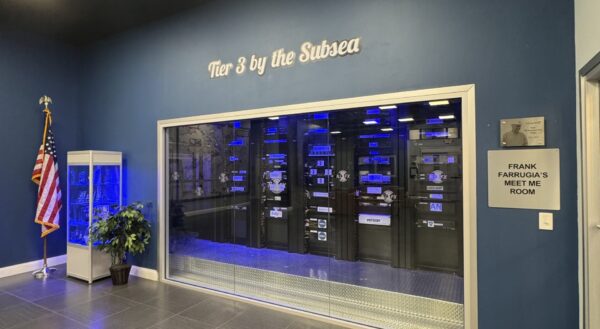
The AI-Ready Cable Landing Station is Coming
NJFX today announced the completion of a comprehensive Basis of Design for a new 10MW high-density AI data hall, delivering an expected 1.25 PUE and 8MW of usable IT load.
From 9/11 to Hurricane Sandy, the US has had a number of wake-up calls when it comes to its infrastructure. NJFX founder and CEO Gil Santaliz tells Melanie Mingas where the next points of failure could occur
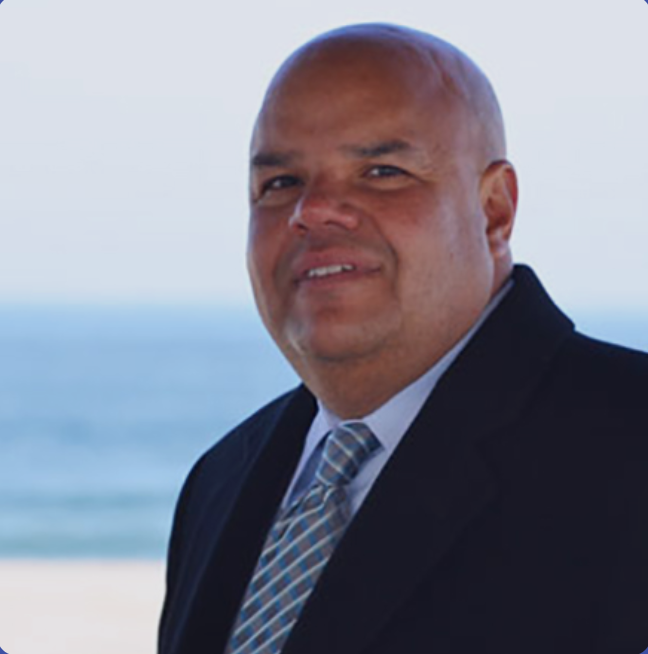
CEO
May 10, 2022
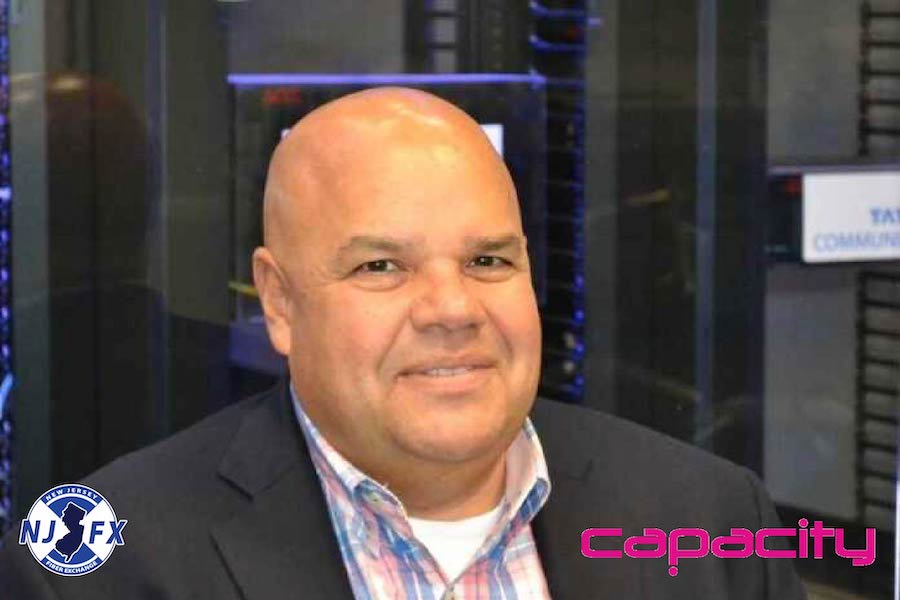
Capacity Media – Despite the rapid and widespread deployment of advanced connectivity infrastructure, the US has experienced several major outages over the past 20 years that happened just when the country needed its networks the most. The first major lesson in network resilience came on 9/11 when infrastructure damage and traffic surges took out mobile networks.
“9/11 was a wake-up call to how global connectivity actually operates,”
says NJFX founder and CEO Gil Santaliz.
“The number of calls getting through was one in four or one in 10, depending on the time of day. The basic lesson learned was that phones aren’t meant for everyone to use at the same time,” he adds.
Then, in 2012, came Hurricane Sandy. This event took out mobile and fixed connectivity as well as TV and entire data centres – what’s more, it proved that traditional subsea architectures were flawed. Aggregating traffic to route through New York and Miami had created two huge points of failure and the impact was felt as far afield as Europe.
“During Sandy, lower Manhattan lost power for multiple days and many providers lost all their capacity between North America and Europe, while some lost capacity between South America and Europe. Lower Manhattan affected global communications and it was after Sandy that the OTTs started on the path we are on today, and that was to diversify subsea architecture,” he recalls.
Today, New York is “no longer the epicentre” of US telecoms infrastructure and a series of diverse routes make a repeat of 2012 unlikely. However, while the industry has spent the past 20 years experiencing and solving these issues, another has emerged.
Twenty years ago, data centres occupied old corporate units across Manhattan; now they have largely moved to states with swathes of vacant land and tax incentives. “But what we left behind was the internet,” Santaliz says. “In those buildings in New York City, in Miami, where everything comes to one point to intersect.”
He is referring to the middle mile, the everything between the two last miles, where the bulk of network activity is concentrated.
He continues: “Internet connectivity now is dependent on infrastructure built 20, 40, 60 years ago that used to be office buildings or department stores. But once I leave that data centre or home, I have to compute and process that data – and, unfortunately, a lot of that middle mile infrastructure was not purpose-built, it was inherited.”
The solution sounds simple enough: continue to upgrade, but with business models based on collaboration, and focus on the future, rather than the capacity demands of the present. The catch is that such endeavours are expensive.
To help things along, late last year the US introduced a middle mile funding programme, intended to close gaps in underserved areas and create alternative network paths. As part of the US$65 billion Infrastructure Investment and Jobs Act, it will see $1 billion made available to carriers.
“I think the new standard has to be to invest with a long-term view. Don’t put band-aids on problems you’re having, and don’t add more capacity in buildings that don’t make long-term sense. Start thinking about the end in mind, because a band-aid is only as good as a band-aid. You have to plan for a full solution,” Santaliz says.
“If New York City is still a single point of failure in your network, shame on you – because we have known that for a long time. Build resiliency into your platform,” he adds.
Different roads
For its part, NJFX celebrates seven years in operation in September and has a target to host 60 network operators by the end of 2023, up from 45 by the end of this year.
On the realities of that, Santaliz says: “They have to invest with you, they have to plan how to come to the building. If they all took the same road to bring their fibre to the building, we would have a single point of failure on that road that comes to the facility. We took the time to explai
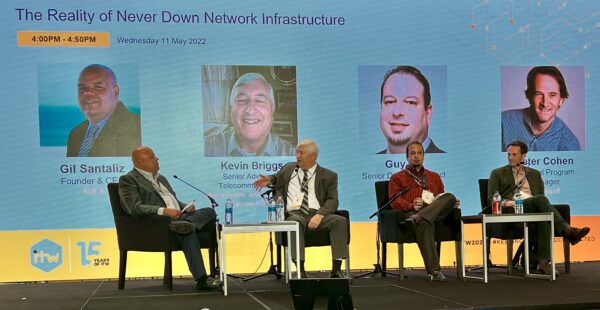
n to each different provider to take different roads.”
These issues are explored later today in the 4pm panel on stage A, The Reality of Never Down Network Infrastructure. Joining Santaliz on the panel is Kevin Briggs, regional protective security adviser at the Cybersecurity and Infrastructure Agency(CISA), which NJFX has worked with recently. Briggs is expe ted to share further details on how the agency aims to work with carriers.
“A lot of us in the industry are afraid of regulations, but it’s just the opposite. This group is here to try and provide support and resources and provide a way to collaborate on common issues that all carriers have. How do we keep these networks up and running and never down?”
###
About NJFX:
NJFX is a Tier 3 Carrier Neutral Cable Landing Station campus. Our colocation ecosystem has expanded to over 35 network operators offering flexibility, reliability, and security. Our Wall, NJ location provides direct access to multiple subsea cable systems giving our carriers diverse connectivity solutions and offers direct interconnection without recurring cross-connect fees.

NJFX today announced the completion of a comprehensive Basis of Design for a new 10MW high-density AI data hall, delivering an expected 1.25 PUE and 8MW of usable IT load.
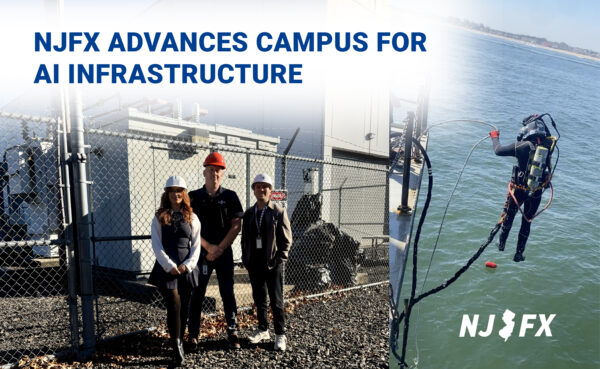
NJFX today announced the completion of a comprehensive Basis of Design for a new 10MW high-density AI data hall, delivering an expected 1.25 PUE and 8MW of usable IT load.

Red Sea conflict threatens Key Internet Cables. Maritime attacks complicate repairs on underwater cables that carry the world’s web traffic.
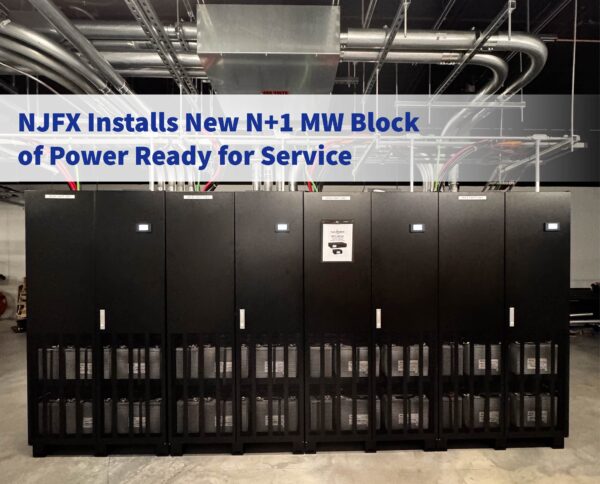
Red Sea conflict threatens Key Internet Cables. Maritime attacks complicate repairs on underwater cables that carry the world’s web traffic.
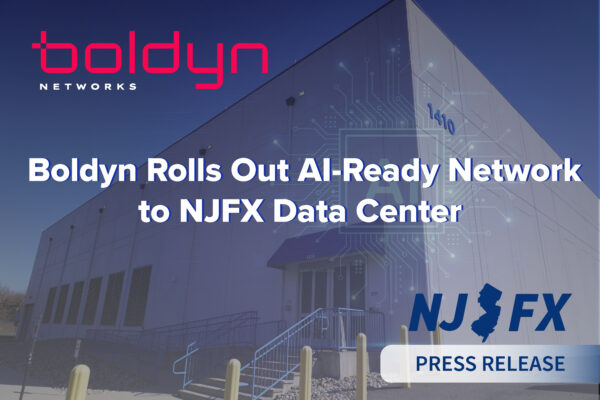
Red Sea conflict threatens Key Internet Cables. Maritime attacks complicate repairs on underwater cables that carry the world’s web traffic.
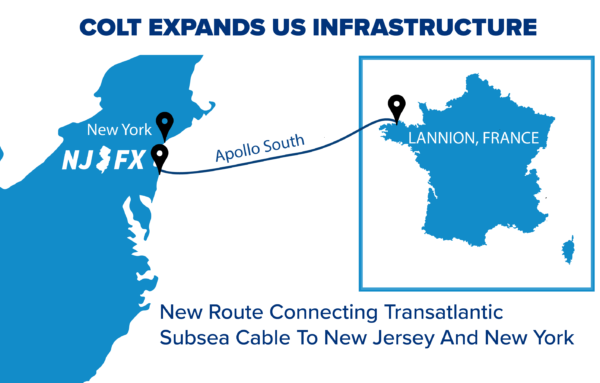
Red Sea conflict threatens Key Internet Cables. Maritime attacks complicate repairs on underwater cables that carry the world’s web traffic.
